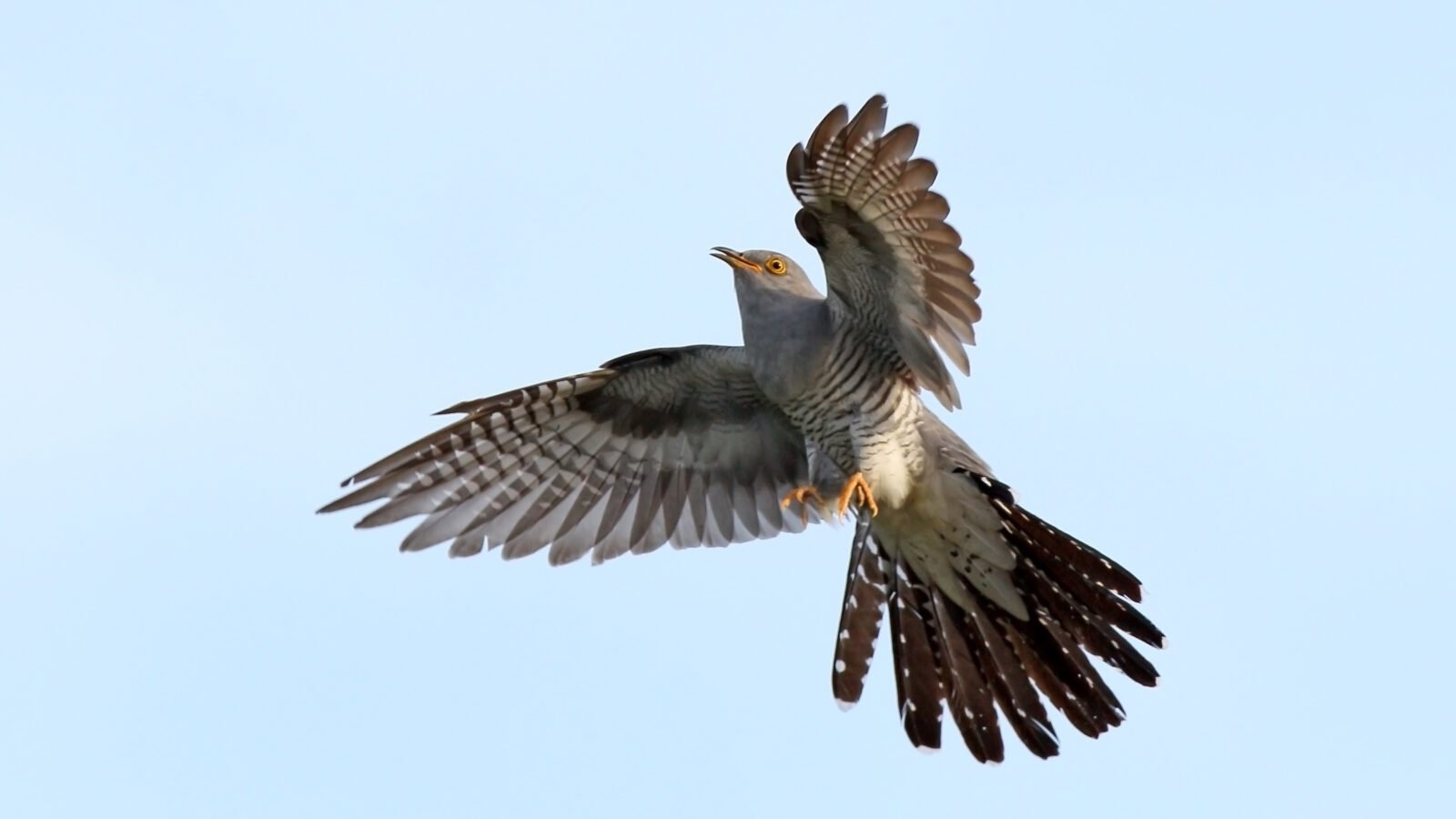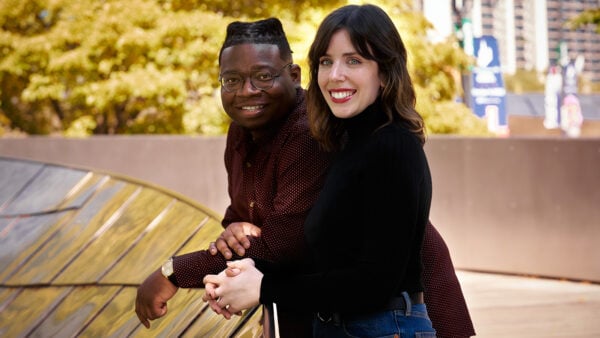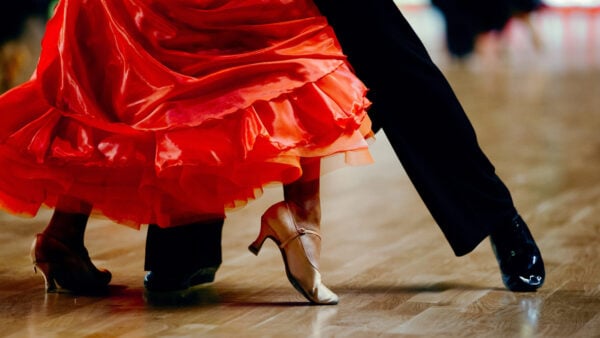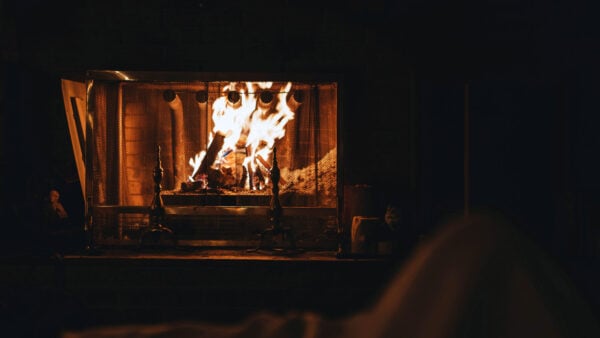
The European cuckoo, Cuculus canorus, has inspired many classical composers over the centuries
Along with the first blossoms and leaves, one of the surest signs of spring’s arrival is birdsong. Our fine-feathered musical friends have been a constant source of inspiration to composers over the centuries – from nightingales and larks to hens and doves. But perhaps no other bird has been portrayed in music (and clocks!) more than the cuckoo, a creature that is difficult to see but easy to hear, with a distinctive call that has come to symbolize spring.
Cuckoos make up a large family of birds that are found throughout the world. Most are a drab gray or brown color, but in tropical regions some have brilliant plumage. In addition to their song, cuckoos are also famous for one not-so-attractive trait - laying their eggs in other birds' nests and tricking the hosts into raising their chicks.
There is much folklore surrounding the elusive bird, as the cuckoo has been a part of human culture for centuries. In Japan, it’s a symbol of unrequited love. In India, the cuckoo is sacred to Kamadeva, the god of desire. In Europe, it’s not only associated with spring, but also with cuckoldry. And, according to an old legend, the first cuckoo of spring will tell your fortune.
The song of the cuckoo comes in many varieties, but it’s the simple, distinctive call of the common or European cuckoo that has captured composers’ hearts over the years – just two notes in the interval of a major or minor third. Let’s hear the call that has inspired so many composers.
Now, here are a few of the cuckoo’s best-known appearances in music, from intimate chamber works to grand symphonies.
Delius: On Hearing the First Cuckoo in Spring
The English composer Frederick Delius wrote this piece when he was living in France, but it’s actually based on a folk song from Norway. In Delius’s dreamy, atmospheric portrait of spring, the cuckoo’s song is imitated by several different instruments, including the oboe, strings, and clarinet.
Daquin: "Le Coucou," from Pièces de Clavecin
Louis Daquin was a keyboard soloist who dazzled the aristocracy, including Louis XIV, in 18th-century France. He was known for his "unfaltering precision and evenness" at the harpsichord, as shown by this virtuoso piece based on the call of the cuckoo.
Handel: Organ Concerto in F major, “The Cuckoo and the Nightingale"
After the cuckoo, the next most popular bird portrayed in music might be the nightingale. Handel brought the two together in the second movement of one of his organ concertos. The organ plays the two familiar notes of the cuckoo followed by the florid song of the nightingale.
Beethoven: Symphony No. 6 in F major, Op. 68, II, "Scene by the brook"
Beethoven’s Symphony No. 6, which he called the “Pastoral,” is an homage to the great outdoors. His love of the countryside comes through in music evoking the beauty and sounds of nature. In the second movement, "Scene by the brook," three birds make their presence known: flute for the nightingale, oboe for the quail, and two clarinets for the cuckoo.
Respighi: "The Cuckoo," from Gli uccelli (The Birds)
The Italian composer Ottorino Respighi was often inspired by music of the past. “The Birds” is a suite of orchestral arrangements of harpsichord pieces from the 17th and 18th centuries, all evoking birdsong. "Il cucù" is based on a work by Bernardo Pasquini.
Mahler: Symphony No. 1 in D major
The cuckoo’s song figures prominently in Gustav Mahler’s Symphony No. 1. In the first movement, two notes played by the clarinet appear out of the mysterious, hazy introduction. Those notes gradually develop into the pastoral opening theme.
Saint-Saëns: “The Cuckoo in the Depths of the Woods” from Carnival of the Animals
While working on his Symphony No. 3, Camille Saint-Saëns took a break to compose a light-hearted work celebrating the animal world. Little did he know that “Carnival of the Animals” would become one of his most popular pieces. The clarinet mimics the call of the cuckoo, playing offstage as Saint-Saëns instructed.
Vivaldi: Violin Concerto in A major, RV 335, "The Cuckoo"
The theme of nature frequently appears in the music of Antonio Vivaldi, who is best known for his set of four violin concertos depicting the seasons. He also made use of the delightful variety of birdcalls, including the goldfinch and, of course, the cuckoo.







